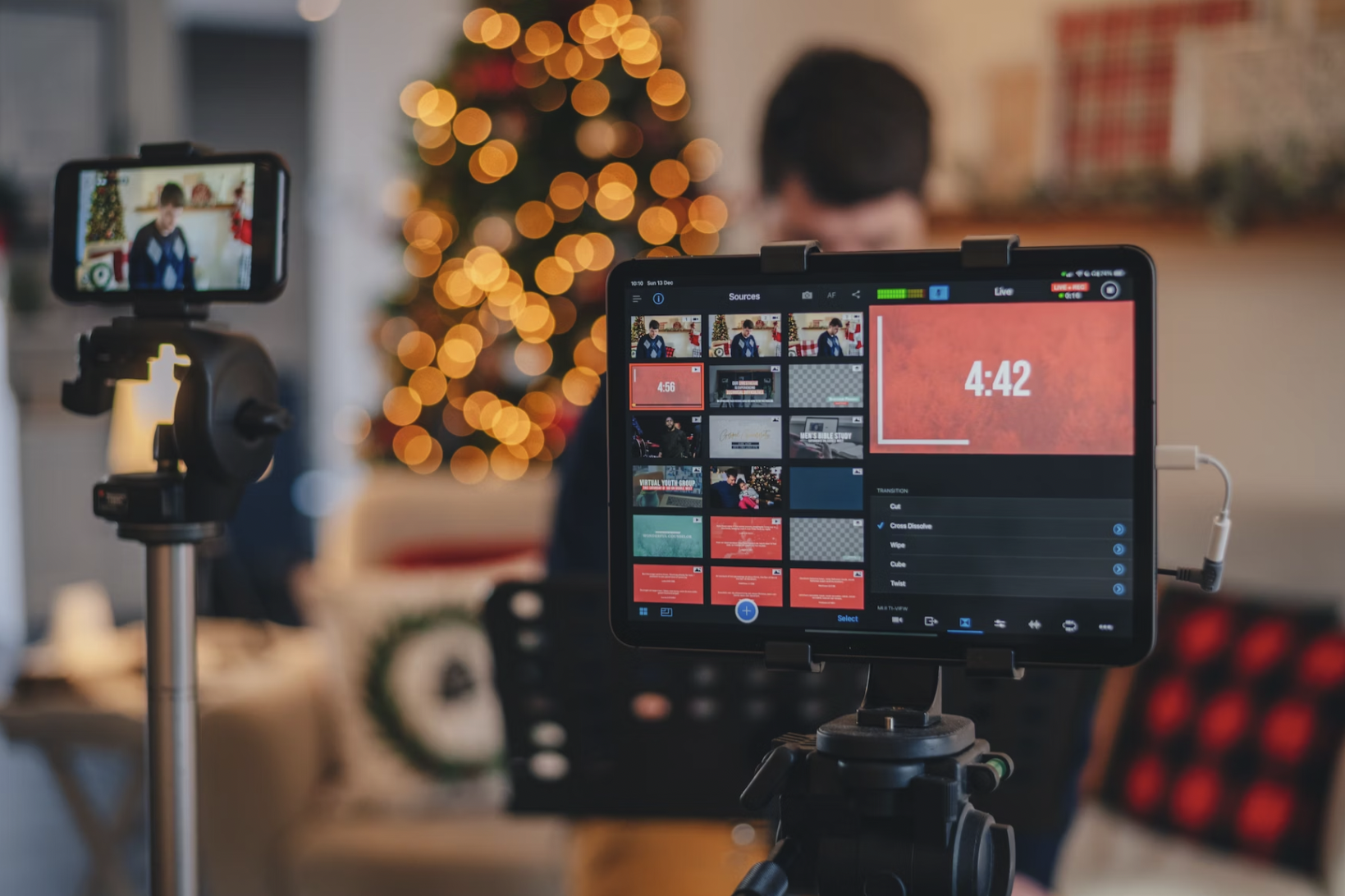As a form of content, livestreaming has taken the internet by storm over the past decade. No matter the category, there are creators who host all sorts of streams talking, making, and reviewing its content. There’s something for everyone.
Here are the details of what happens on the backend when your favorite streamer presses play.
Table of Contents
Raw Video Data
It starts with raw video data, as any video would. The camera captures visual information and stores it in the connected device, typically a desktop computer, though mobile streaming exists also.
Livestreaming isn’t strictly just video content, as the medium works well in many different industries. iGaming is one of the most popular, where users can interact with games that may have streamed video parts. When users play MONOPOLY Live, which is part game show and hosted by a real person, this streaming technology is also used. The same can be said for other live casino games.
Compression, Encoding and Segmentation
Once captured, the data needs to go through a lot of processing. Again, this is standard for recorded video but more preparation is needed to deliver livestreamed video content to an acceptable standard. First, compression gets rid of any noise or unnecessary data that doesn’t change between frames. If a frame is totally still except for a live streamer’s mouth, then the data load can be reduced by only rendering the parts that change for subsequent frames.
Encoding is simply where the new data is converted and stored in a format devices recognise. MP4 is one of these, for pre-recorded videos. For live videos, AVC (AKA H.264) and AAC are the most common for video and audio respectively. You can find more detail about H.264 codec from Streaming Media.
Segmentation is then how it becomes possible to view the video. While you can download a pre-recorded video, an hour-long stream can’t be sent to your device in one big chunk. Instead, it makes more sense to segment the data and sent it over a few seconds at a time.
Live Distribution
With all the above happening in a matter of seconds, now the stream needs to be sent across the world. Historically, streaming high quality video without suffering latency issues was a challenge. You can learn more about livestreaming history from Encyclopaedia Britannica.
In distribution, CDNs play a big role in delivering the livestream. These are servers stored all over the world, storing data locally. When you are watching an American stream, you’re not receiving the data directly from America. Instead, a local server has received the same data from the origin server and you connect to that instead. Spreading a stream across multiple servers also reduces the workload of the original server, preserving quality.

Source: Pexels
Video Data Playback
All that’s left is for the data to reach your device. This happens when your device receives the cached stream data from local servers. Again, decoding, decompression, and re-segmentation of the data happens in seconds if not less.
The received data is processed, typically by on-site or on-app media players. Most individuals don’t have the hardware or the know-how to stream independently, so they use sites like YouTube and the media player built into it. When they access and present the data, you see the livestream.
From here, the chain continues until the stream ends. Data is recorded at the original device, compressed, encoded, segmented, sent to CDN servers, and then to your device reverses compression, etc, as the stream becomes visible. You may not have given it much thought before, but this is the process behind all live video feeds that you see online.


